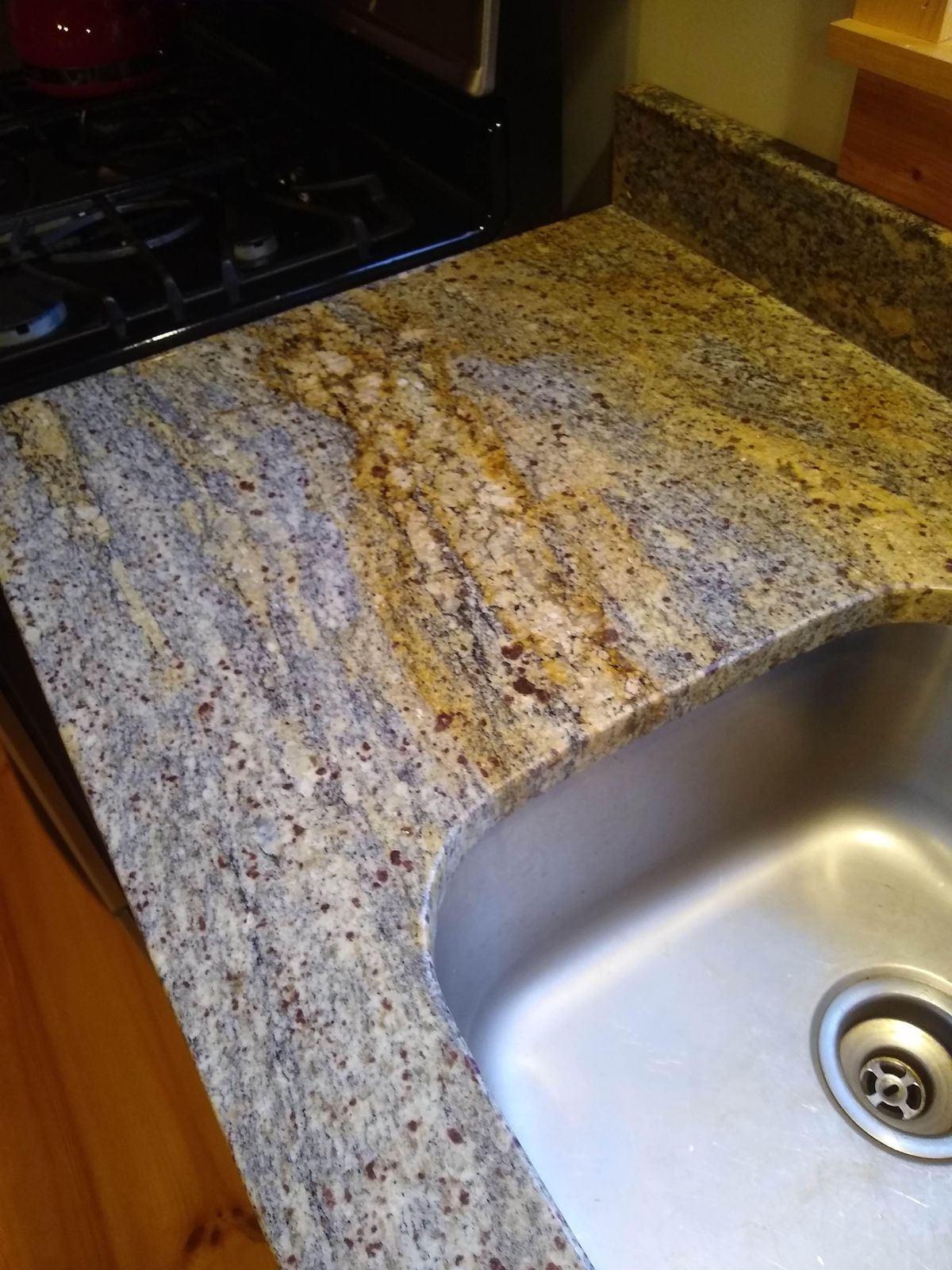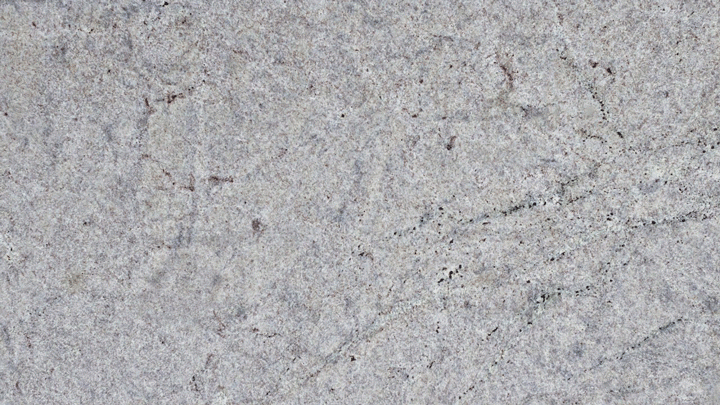Acid Test On Granite

This is an important test and can immediately identify whether the floor in question is marble granite or some other material.
Acid test on granite. Thunder white granite after the hot oily skillet test and before cleaning. Granite is a low maintenance product that requires very little care but it is important to use the right products to clean your granite countertops or floor. Good example of experimental science to determine an answer by. If the acid bubbles or fizzles it s marble.
Dolostone is a rock composed of almost entirely of dolomite. Limestone is composed almost entirely of calcite and will produce a vigorous fizz with a drop of hydrochloric acid. Concrete was damaged by all but one of the tests. As granite is composed of a number of minerals this acid test should reveal whether or not significant calcite is present in this rock.
If there is no reaction it is likely granite. In addition to the detailed tutorial on how to test your rocks we re also including. Damage on sequel pure black manufactured quartz from the hot oily skillet test foreground and from bar keepers friend background. One drop of diluted solution of hydrochloric acid is applied to the floor.
Some rocks contain carbonate minerals and the acid test can be used to help identify them. This time instead of testing the property of a rock we re going to test for a specific type of rock limestone. The acid test on rocks. The acid test uses cold dilute 10 hydrochloric acid as a chemical test for the mineral calcite.
It will produce a very weak fizz when a drop of cold hydrochloric. Limestone dolostone and marble. In my opinion today s test is much more fun. Despite its durability granite is a porous stone that can absorb liquids some of which result in staining or etching a dullness that may permanently disfigure your granite.
The sample was pretty beat up by the end of the analysis. If calcite is present a strong reaction appears vigorously releasing bubbles of gas. Without specific instruction many students would not be able to predict whether a chemical reaction should be seen or not.














































